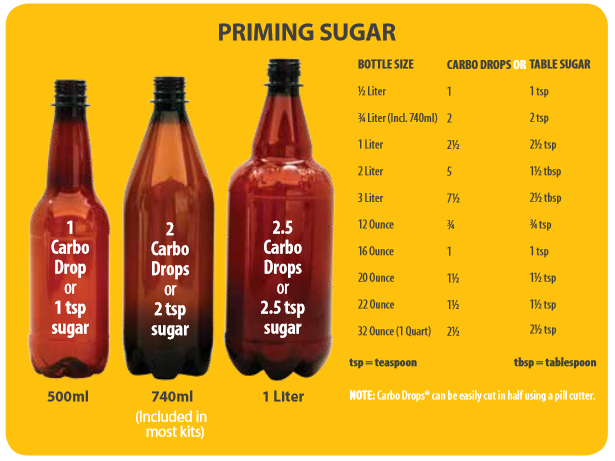Hi guys,
Bottled 2 1liters PET bottles 4 days ago, because of their squarish shape, they are beginning to look like a giant grenade to me. I read somewhere they withstand pressure better than a glass equivalent. I am beginning to worry that it might explode and shatter other glass bottle stored together with them. I tried to unscrew one of it slowly to see if I can let out some gas but I think I turn it maybe 2 turns but still no gas release and I gave up thinking it might gush out soon as any gas is release and mess up the place. Should just leave them be?


Bottled 2 1liters PET bottles 4 days ago, because of their squarish shape, they are beginning to look like a giant grenade to me. I read somewhere they withstand pressure better than a glass equivalent. I am beginning to worry that it might explode and shatter other glass bottle stored together with them. I tried to unscrew one of it slowly to see if I can let out some gas but I think I turn it maybe 2 turns but still no gas release and I gave up thinking it might gush out soon as any gas is release and mess up the place. Should just leave them be?





